(This suggestion provided by @sockatume)
Rank physical game media (tapes, NES cartridges, N64 cartridges, CDs, etc. etc.) from best to worst & explain why
OK, this is an interesting suggestion. Before I start, I’d probably better make a list of all the physical game media I have experience with. That should make ranking them a bit easier.
This is the big one. Cartridges for the following devices: Famicom, NES, Super Famicom, SNES, N64, Game Boy, Game Boy Colour, Game Boy Advance, Mega Drive, Master System, 32X, Game Gear, NeoGeo Pocket, Lynx, Wonderswan, Wonderswan Colour, Gameking, Supervision, C64, Atari 2600, Atari 7800, VideoPac and game.com
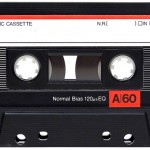
Tape Based Media
Cassette tapes are all, essentially, the same. They might sound different, but the cassettes for the Spectrum, C64, Atari 400, etc. are effectively identical. I think I can use it generically here. Of course, Microdrives are also tapes but actually different to cassettes, but I never had any games on them, aside from ones I’d written myself.
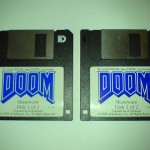
Magnetic Disk Based Media
Floppy disks are mostly platform agnostic, so again cover a lot of machines. These come in three varieties – 3.5″, 5.25″, and the strange Amstrad 3″ type used in CPC and Spectrum +3 machines. There were other formats like Minidisc and Zip discs, but they weren’t (aren’t) generally used for games. At least, I’ve never used them for that.
In many ways game cards are just like game cartridges, but flatter. I’ve always distinguished between them and so should you. This category includes DS and 3DS cards, Vita card, Master System card games, and PC Engine HuCards. Oh, and N-Gage games.
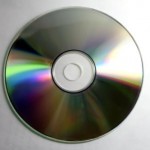
Optical Disc Based Media
Another category where the same format is used across multiple platforms. There are three main varieties of optical disc: CD, DVD and Bluray. In addition, there’s the GD-ROM format of the Dreamcast, and the 1.8″ mini-DVD format the Gamecube used. There’s also the PSP’s UMD, a throwback to early CD-ROMs that had a disc inside a caddy.
Basically, type-ins. Games used to come as code in magazines and books that you could type in yourself. Many of us did this a lot. Some of us thought it fun. No, really. Programs could also come on punched card or punched tape, but I never played a game (or anything, actually) from those so they’re not included.
But which is best?
I think, broadly, it should be possible to rank the categories first and then the sub-types within those categories.
The worst format is definitely Dead Tree. Not only does it take an age to load (you have to type in the whole thing – which might take days), but typos would mean it wouldn’t work. Not only that, but often mistakes were made in the printing of the listings too, so even if you did type it in correctly, that’s still no guarantee it would work when you’ve done so!
Next worst, would have to be cassette tape. It was slow, unreliable, easy to break, and on some systems different tapes could require different volume settings in order to load. They’re also serial in nature, meaning you have to rewind the tape each time you want to use it, and make use of a tape counter (the “timings” of which often varied from tape deck to tape deck) if you had more than one game on a tape.
They had the advantage at the time of being a lot cheaper than the alternatives (disks and cartridges) and easier to copy, but money aside, nobody would prefer tapes. Tapes were the cause of the notorious Spectrum R: Tape Loading Error, and the only reason the azimuth tape alignment kit existed.
Floppy disks were more reliable than tape, were not serially read and were generally (the exception being the C64 disks) much faster than tape. 5.25″ ones were low capacity and flimsy, 3.5″ were (relatively!) high capacity – especially the high density variants – and 3″ were indestructible but capacity was somewhere between the other two. 3″ drives however, were fraught with belt stretching and later, rubber-rot issues.
Within the floppy disk category, I’d therefore rank 5.25″ as worst, 3.5″ as best, and 3″ in the middle.
Oddly, despite cassettes and disks both being magnetic media, “bitrot” seems to affect disks far more than tape. Perhaps it’s the density or the material it’s made from? That doesn’t make cassettes win over disks, though!
Next best, I’d put optical media. It’s fast, has a very high capacity, is very cheap and is easy to manufacture, but it’s very prone to scratches and long-term storage ability is showing cracks already, with old PC CD-ROMs already unreadable.
Which is best within the category is quite easy – Blurays are more durable and higher capacity than DVDs, which in turn are more durable and higher capacity than CDs. In fact, in order from worst to best, a few other oddities can be added: CD, GD, DVD, Bluray, Wii U. Why is the Wii U one better than a normal Bluray? Because it has amazing rounded edges. Just feel one and you’ll see. Yes, that’s reason enough to be better.
Finally, it’s a toss up between cartridges and cards. Cards are generally a lot smaller, and for older machines very low capacity. They are also unable to house special additional chips (like Sega’s SVP or Nintendo’s SuperFX) due to their design. I’m also always a bit worried about snapping them – especially HuCards – they seem so, well, snappable.
Newer cards, however, are extremely high capacity and additional chips fell by the wayside long ago. They’re also a lot smaller, being postage stamp sized (3DS and Vita, for example) rather than credit card sized (HuCards again), and less likely to be snapped. One advantage of cartridges over cards years ago was having battery backup for saving your game, but new cards don’t need that as they use a sort of flash RAM (or NVRAM) instead of DRAM or SRAM used in old console cartridges. Many of those old batteries have now died, or worse, leaked, and some can’t be replaced. That won’t be an issue with DS games!
Which of the two wins, then?
In my mind, cartridges. There’s something very nice about plugging an actual cartridge into a console. It’s like filling in a missing piece, making the games machine whole. You don’t get that with a card, so much, as that’s more akin to putting a memory card in a digital camera. There’s no ceremony, no chunky clunk, and no jigsaw to complete.
Cartridges have their problems, such as the need to dust the contacts (although some, such as the Videopac have self-opening mechanisms that the contacts hide behind!) and the battery issues mentioned already, but they’re big and tactile. Optical discs dissuade you from touching them in even the slightest of ways in case a fingerprint scratches the surface. You gingerly ferry them from box to console and back holding them between finger and thumb for as short a time as possible. Cartridges are to be held, pulled, fingered. Most cartridge designs have ridges or cutouts specifically for your hands to grasp.
And they’re fast. They’re instant. Game in, console on, GAME. Even cards often have loading times, but with very few exceptions (usually due to stuff uncompressing or being generated on the fly) cartridges have none.
So to recap, best media type to worst media type:
- Cartridge
- Card
- Optical Disc
- Floppy Disk
- Cassette Tape
- Dead Tree
In Part 2 I’ll look at breaking down each of these categories, where possible, and creating a list of best to worst across platforms. How exciting!
(Featured image is from here, is unmodified, and used under this licence)
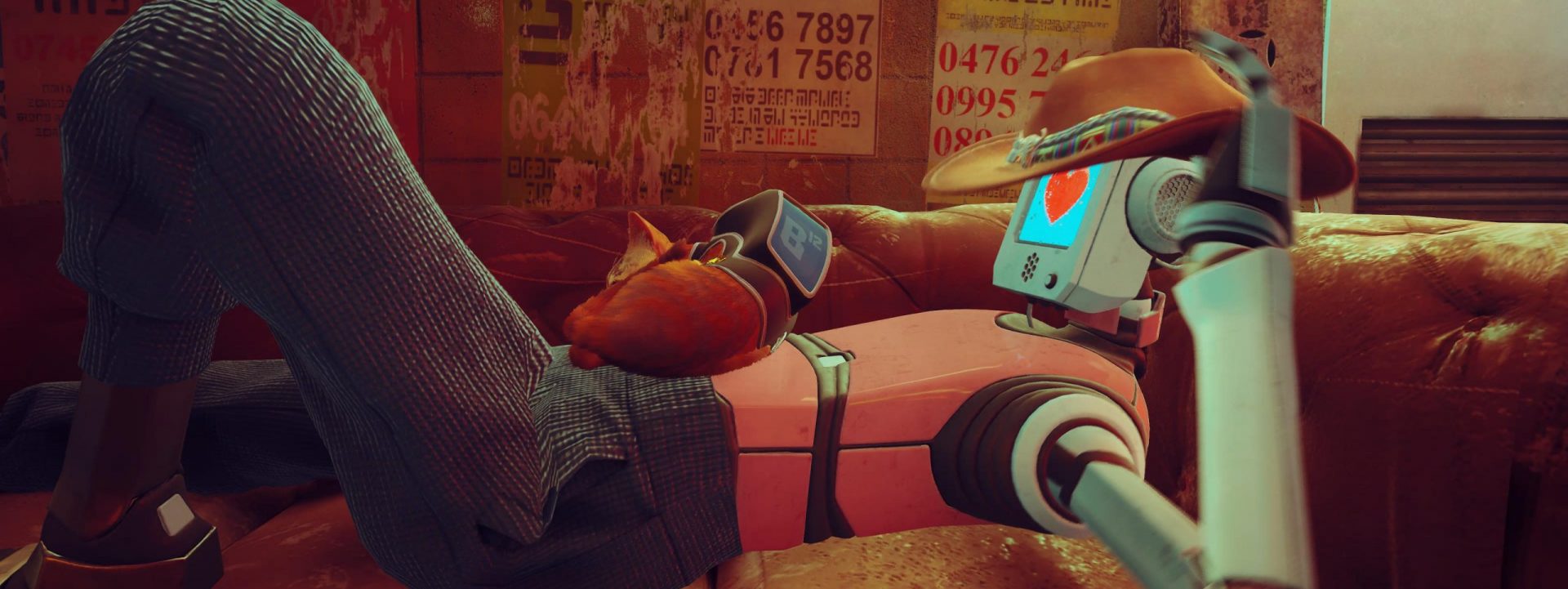

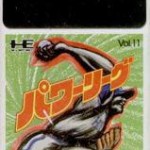
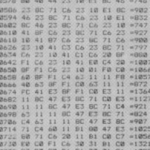
Pingback: Ranking Physical Game Media (Part 2) - deKay's Blog
Pingback: Ranking Physical Game Media (Part 4) - deKay's Blog